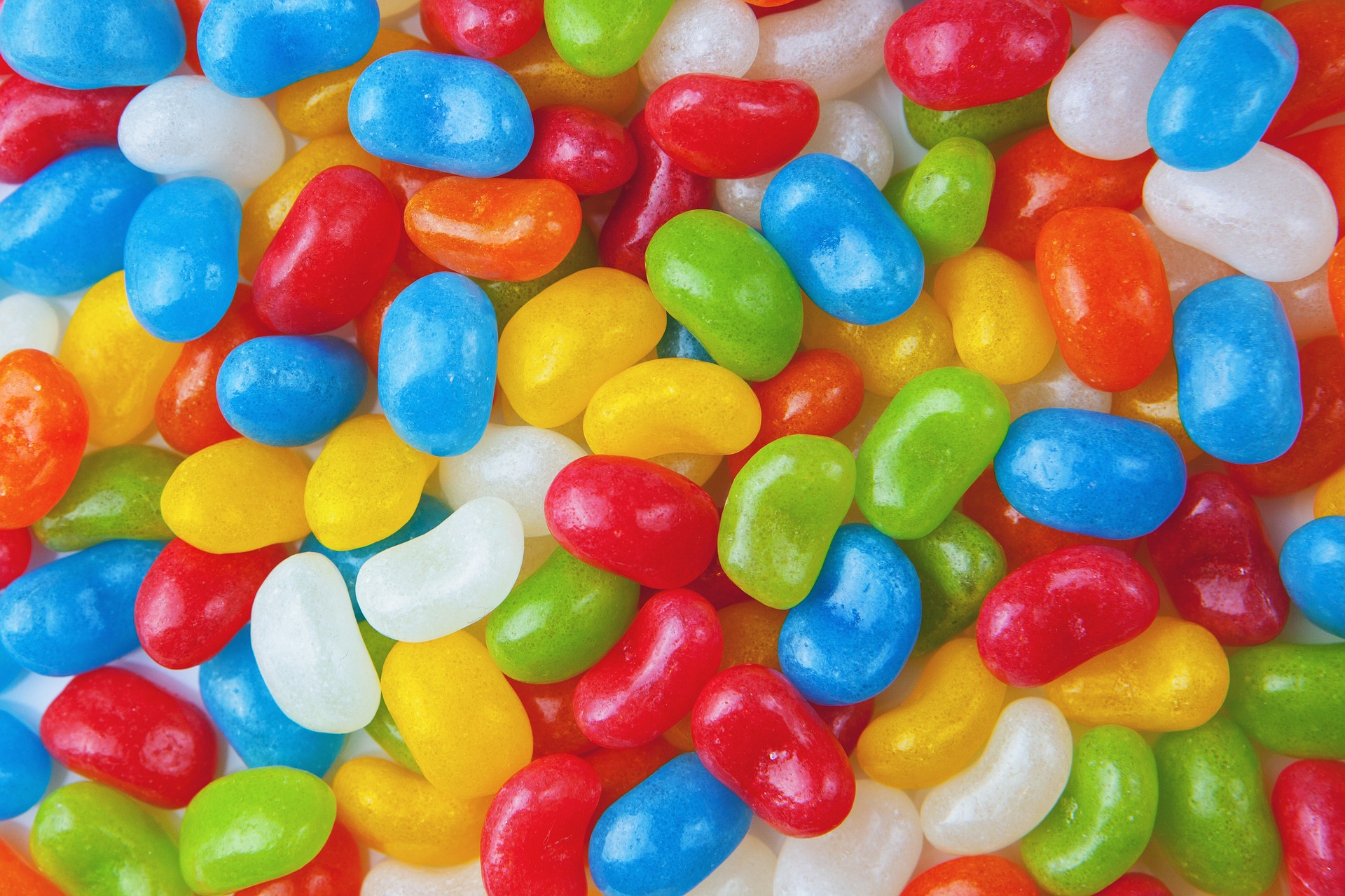Rainy days are great for quiet study and mind-expanding science experiments. So break out the puzzles and fun kitchen experiments that’ll blow their minds.
1. Puzzle party

Bring out jigsaw puzzles and easy alphabet puzzles for the little ones, and watch those little brain gears move!
2. Sticker fun
Sticker activity books are educational and fun for kids. You can also buy a bunch of stickers and make your own sticker activity pages.
3. Encyclopedia time

Read the children’s encyclopedia and learn how the world works! Teach your child about world festivals, medicine, dinosaurs and more.
4. Nature videos

Watch nature videos on Youtube, National Geographic and BBC Earth to see how animals live and hunt.
Try picking a theme each time. For e.g. learn about deep sea marine life by watching videos on bioluminescent jellies, hydrothermal vents and submarine research vehicles.
5. Baking soda and vinegar experiment

Pour baking soda onto a baking pan or cookie sheet, and set out a few bowls of colored vinegar (white vinegar + drops of food coloring), turkey basters, and pipettes.
Squirt colored vinegar at the baking soda and watch your kid marvel at the fizz.
Use the pipette or turkey baster to draw patterns in the baking soda.
Color mixing: combine the colors and ask your child to predict the new color.
6. Rain paintings

Investigate paint splatters and let the rain do all the work for you!
Place a piece of paper on a cookie sheet, and squirt some paint on the paper.
Bring the cookie sheet outdoors and watch the rain fall and make patterns in the paper.
Bring the cookie sheet in and ask your child what’s happening.
Explain that the splatters were made by the rain hitting the paint.
Let the paper dry and display it on your child’s art wall!
7. Milk painting science

Ever wonder what happens when milk meets dish soap and food coloring?
Hint: the results are surprising and colorful!
Younger kids will marvel at the colors of this kitchen science experiment and older kids will want to know the science behind it.
Learn how to set up this simple home experiment here.
8. Oil and water experiment

Demonstrate that oil and water don’t mix with this easy experiment.
All you need is food coloring, vegetable oil, water and a glass to hold everything.
9. Candy science

Soak an M&M candy in water for 10-20 minutes and watch the white letter M float off the candy!
The science behind it: this experiment shows that while the candy dye is water soluble, the letter M on the candy is not, hence it floats off without dissolving in water.
For younger kids, place several jellybeans or Skittles candy on a plate and submerge it with water.
Little ones will enjoy seeing the rainbow colors appear. They can swirl, shake and experiment with the colors.
Hand them some paper and let them finger paint!
10. Smelling game

Use empty yogurt cups and cover with foil or cling wrap.
Place pungent smelling items like garlic, lemon, lavender and cinnamon inside. Poke holes in the foil or cling wrap for the smells to waft out.
For older kids, unscrew your spice jars and see if your kid can accurately guess the item by smell while blindfolded.
11. Pompom learning
Learn numbers, alphabets and shapes with pompoms.
Here’s how: outline letters, numbers or shapes on a piece of paper and instruct your child to glue pompoms to the outline.
Pompom arithmetic for older kids: create simple number worksheets (numbers 1-10) and instruct your child to glue the appropriate number of pompoms to the paper.
12. Blindfold game

Place a bunch of blocks, toys and food items in a box and put a blindfold on your child.
Ask them to select an item and guess what it is. Show them how to smell, shake and feel the items.
13. Sorting and matching games

Sorting is an important math skill for kids to master.
Young toddlers love handling and sorting beans and pasta by shapes and color.
Older kids can sort coins and pictures by shape, quantity and size.
A top sorting activity at our home is sorting the laundry. My tot loves sorting her clothes from ours, and matching up the socks. Fun for her and less work for us!
Here’s a list of items to sort:
Edibles
- M&Ms
- Colored Goldfish crackers
- Cereal (Froot Loops, Lucky Charms)
- Dried fruit (raisins, apricots, cherries)
- Trail mix
- Colored marshmallows
- Gummi bears
- Nuts
- Pasta
- Animal crackers
- Seeds (pumpkin, sunflower)
Non edibles
- Crayons
- Socks
- Hair ties
- Rubber bands
- Party cups (different colors)
- Pompoms
- Pipe cleaners
- Colored popsicle sticks
- Balloons
- Legos
- Counting bears
- Playing cards
- Poker chips
- Silverware
- Leaves
- Blocks
- Buttons
- Beads
- Dish towels

